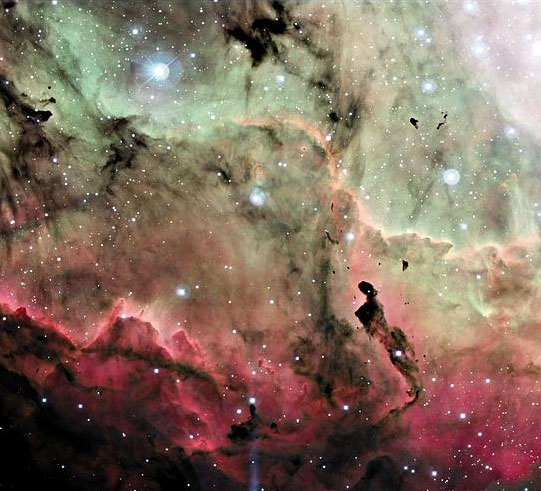Close-Up of the Lagoon Nebula, 16 August 2004, Astronomy Picture of the Day (APOD), Beautiful views of outer space available right on your desktop – Every day!
Astronomy Picture of the Day (APOD) is a great site to enjoy a beautiful image of space or to delve deeper into the mysteries of that picture and the science that surrounds it. My friend Jeff (also a ryze member) has this marked as his ‘home page’ to catch the image on a daily basis. I tend to go and back-track through the images I missed since my last visit. However you decide to enjoy the site, APOD is a great way to really find out what’s out there. It will convince you that the universe is a bold and beautiful place. I featured this site first because I think you should see something beautiful to get you interested in any topic – to see the inspirational side before you get to the alley ways of the adventure awaiting off-world.
From APOD: “Discover the cosmos! Each day a different image or photograph of our fascinating universe is featured, along with a brief explanation written by a professional astronomer.”
